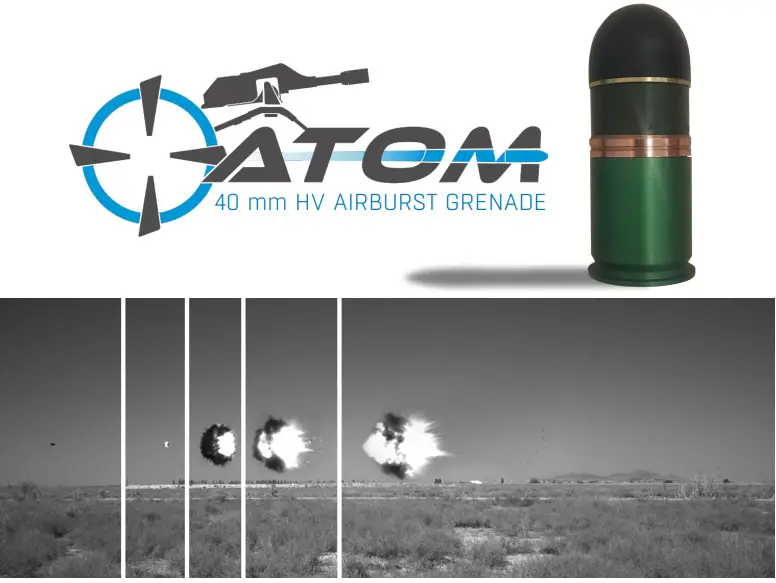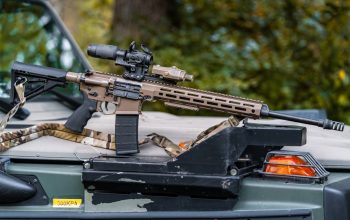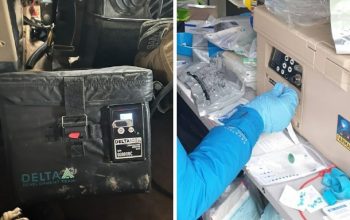ATOM 40 mm High Velocity Airburst Grenade developed by ASELSAN is a smart ammunition which is capable of being programmed to the exact time of detonation while leaving the barrel. Once fired, the time-programmable fuze starts to count down for detonation at the intended target point. Using a pre-fragmented shell which is optimized for the target set, high hit probability is ensured. Aselsan has completed development and testing of its Atom munition and associated fire control unit, the company said on 31 May. Aselsan and MKEK, the Turkish state-run armament company owned signed agreements at IDEF 2017 to cooperate on the design and manufacture of “Smart” 40x46mm Low Velocity for use in UBGLs or stand alone launchers employed by the Turkish Military. The two companies have already worked together on a similar project, being the 35mm Anti-Aircraft using various technologies, most likely for different air burst capabilities.
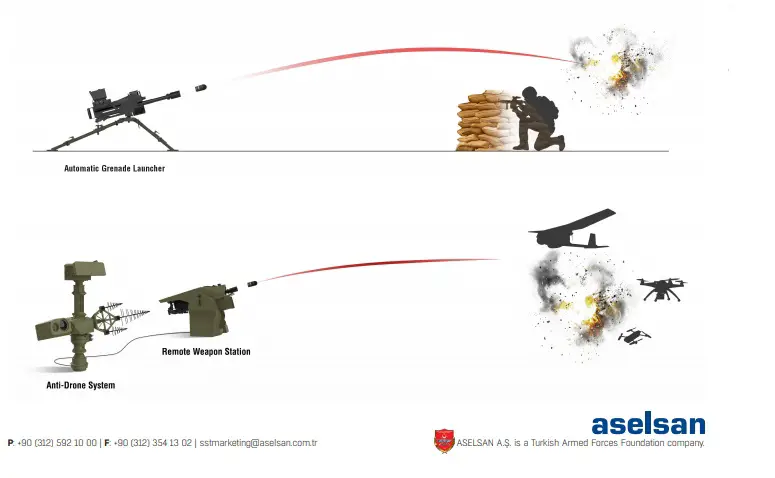
The system was designed for installation on a tripod-mounted 40 mm AGL, this system could also be installed on a 40 mm AGL mounted in a remote weapon station (RWS) on armoured fighting vehicles. In addition to being installed on The system was designed for installation on 40 mm automatic grenade launchers (AGL) that are fitted with a Picitanny rail. It provides the weapon increased accuracy and the ability to engage dismounted targets, behind buildings, and other battlefield obstacles. The Atom FCU kit consists of the user monitor, ammunition programming components, and electro-optic sensors. ATOM 40 mm High Velocity Airburst Grenade is programmed via Fire Control Unit which can be integrated to any automatic grenade launcher with just a few modifications to the gun if needed. Fire Control Unit provides the user to see and approve the target, measures the distance to the target and calculates the time required for the ammunition to air burst.
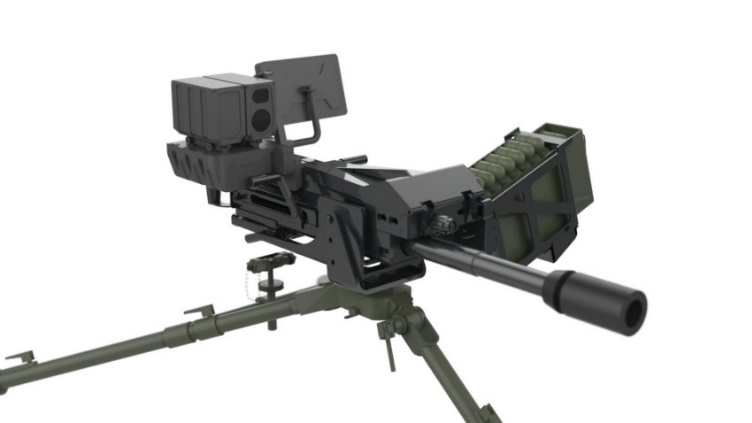
Together with an anti-drone system (capable of detecting, tracking UAVs) and remote weapon station; ATOM 40 mm High Velocity Airburst Grenade offers an effective kinetic attack capability against mini/micro UAVs. The Atom 40 mm HV ABM is programmed to detonate over the target. This programming takes place while the 40 mm HV ABM is leaving the barrel at a distance between 18–40 m. Muzzle velocity is 240 m/s with its high-explosive (HE) fragmentation warhead containing 1,100 fragments that are claimed to provide a kill radius of 5 m and a wound radius of 15 m. This technology, which is possessed by only a few countries in the world, is based upon the principle that the ammunition is precisely programmed for the time it explodes in the air while launching. Thanks to the explosion of the ammunition at the point of impact, the risk of collateral damage is minimized while the undercover threat is destroyed quickly. 40 mm Smart Ammunition is aimed to significantly enhance the effectiveness of the 40 mm grenade launchers that are in the inventory.


